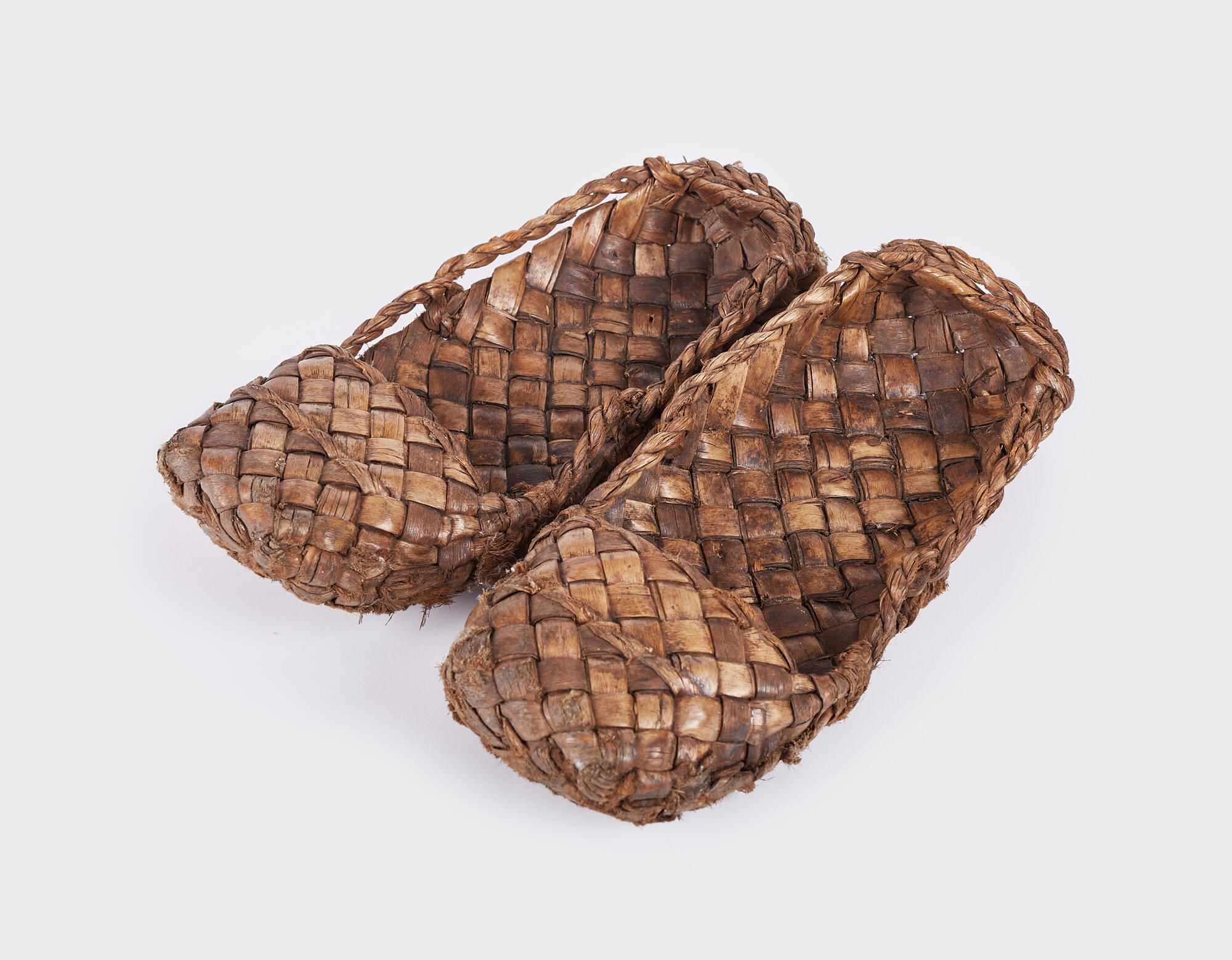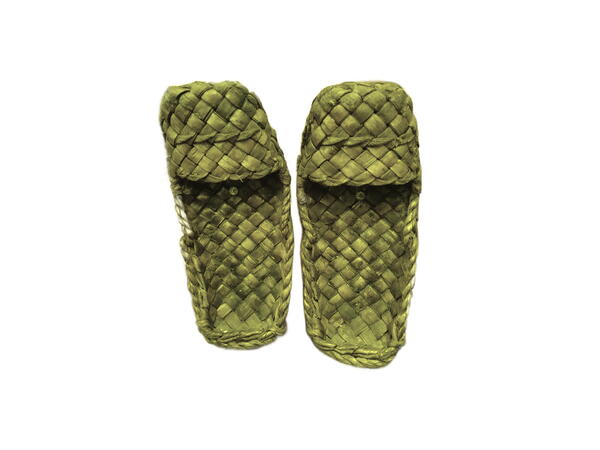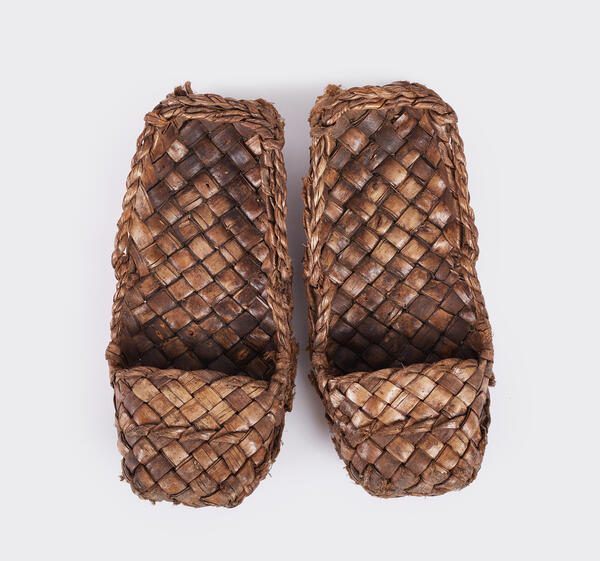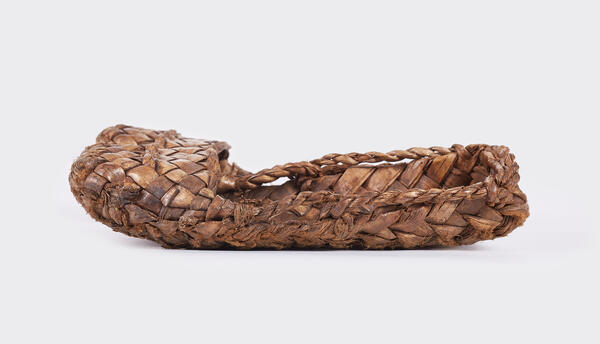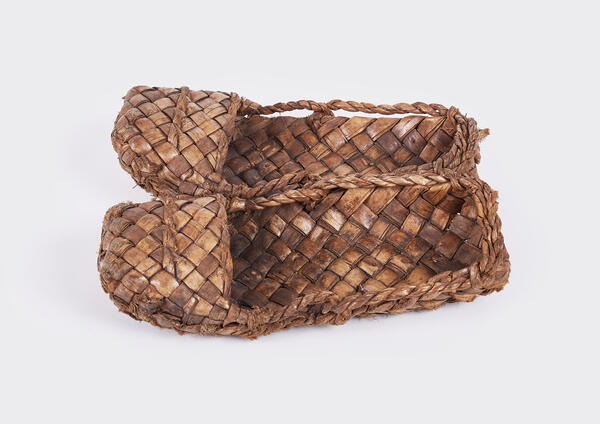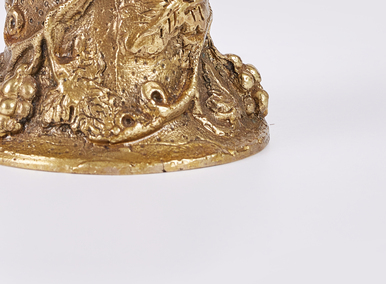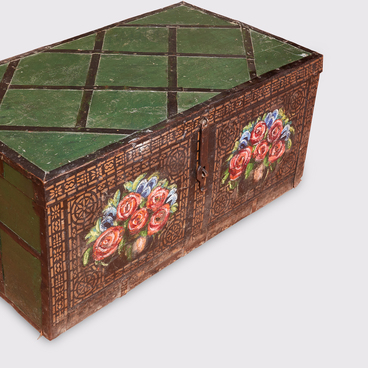The Zheleznodorozhny Local Lore Museum presents Russian national bast shoes. In Russian written sources, the word “lapot”, or more precisely, its derivative — “lapotnik” (both meaning “a bast shoe”) — was first mentioned in the “Tale of Bygone Years” at the beginning of the 12th century.
Bast shoes were woven from bast, birch bark or hemp, using a hook made of arcuated hard wood, called “kochedyk”, and a wooden block. Sometimes, bast shoes consisted of a sole only, for example, in Polesye; they were made to look like shoes and then were braided around the top with bast, attaching a back. For durability, the sole was braided with vines, bast or rope or was hemmed with leather. The loose ends of the bast were bent inward again and secured. Loops made from bast were hooked at the edges of the opening, so that straps pulled into these loops (thin bast ropes attached to the back of the bast shoe and wrapped around the shin to secure it) helped to narrow the opening and fix the bast shoe on the foot. Bast shoes were worn with foot wraps called onucha.
Weaving bast shoes was a winter activity for
peasants when field work was over. They harvested bast in summer when it had
the necessary characteristics to make future shoes durable. Bast shoes were
often named according to the number of bast strips in them: pyaterik (five),
shesterik (six), semerik (seven). Seven strips were usually used in weaving
winter bast shoes. Bast shoes were also woven a second time using hemp ropes for
giving them additional durability and warmth, as well as a more pleasant
appearance. For the same purpose, a leather outsole was sometimes sewn on.
Painted bast shoes made of thin elm bast with a black woolen trim, which was
fastened to the legs, were worn on festive occasions. For chores in the yard in
autumn and spring, simpler-looking high woven shoes without any trimming were
considered more convenient. Weaving bast shoes was considered a simple task,
but it still required dexterity and skill. That is why in Russia a heavily
drunk person is still described as “unable to weave with bast”, that is, being
incapable of basic actions. But by “weaving bast”, a man provided his whole
family with shoes.
